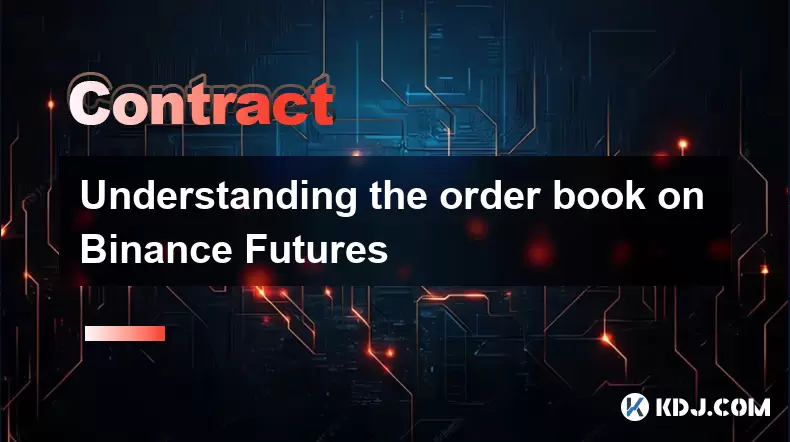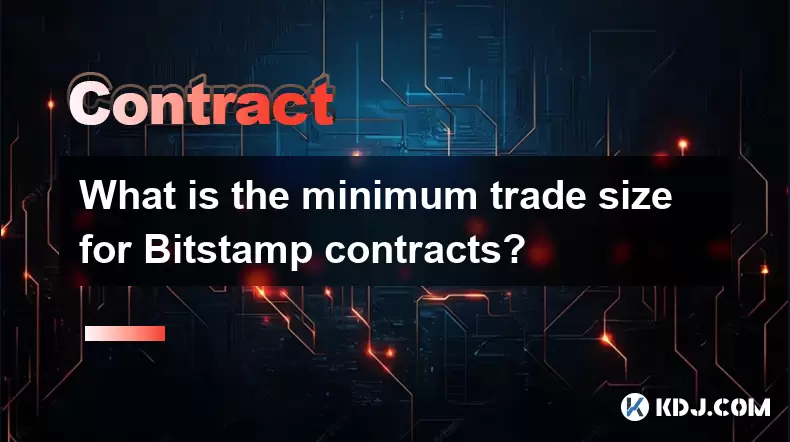-
 Bitcoin
Bitcoin $118900
1.66% -
 Ethereum
Ethereum $3735
1.35% -
 XRP
XRP $3.506
0.71% -
 Tether USDt
Tether USDt $1.000
-0.01% -
 BNB
BNB $799.4
5.78% -
 Solana
Solana $202.0
1.87% -
 USDC
USDC $0.9999
0.00% -
 Dogecoin
Dogecoin $0.2661
1.89% -
 Cardano
Cardano $0.8877
1.59% -
 TRON
TRON $0.3173
2.45% -
 Hyperliquid
Hyperliquid $45.00
2.59% -
 Stellar
Stellar $0.4723
3.40% -
 Sui
Sui $3.970
1.32% -
 Chainlink
Chainlink $19.67
1.94% -
 Hedera
Hedera $0.2710
1.99% -
 Avalanche
Avalanche $25.74
-0.01% -
 Bitcoin Cash
Bitcoin Cash $528.1
1.98% -
 Litecoin
Litecoin $120.1
3.57% -
 Shiba Inu
Shiba Inu $0.00001525
1.26% -
 UNUS SED LEO
UNUS SED LEO $8.989
-0.01% -
 Toncoin
Toncoin $3.304
1.74% -
 Polkadot
Polkadot $4.531
3.38% -
 Uniswap
Uniswap $10.74
2.51% -
 Ethena USDe
Ethena USDe $1.001
0.00% -
 Monero
Monero $325.5
2.44% -
 Pepe
Pepe $0.00001413
1.31% -
 Bitget Token
Bitget Token $4.860
0.85% -
 Dai
Dai $0.9999
0.01% -
 Aave
Aave $307.3
-2.07% -
 Bittensor
Bittensor $448.8
2.91%
Understanding the order book on Binance Futures
The Binance Futures order book shows real-time buy and sell orders, helping traders gauge liquidity, spot support/resistance levels, and time entries more effectively.
Jul 23, 2025 at 12:49 pm

What Is an Order Book on Binance Futures?
An order book on Binance Futures is a real-time list of all open buy and sell orders for a specific futures contract. It displays the price levels at which traders are willing to enter or exit positions. The order book helps users visualize market depth, which refers to how much liquidity exists at various price points. This visibility is critical for informed trading decisions. On Binance Futures, the order book is typically split into two columns: bids (buy orders) on the left and asks (sell orders) on the right. Each row shows a price level and the cumulative quantity of contracts available at that price.
How to Access the Order Book on Binance Futures
To view the order book:
- Log in to your Binance account and navigate to the Futures trading interface.
- Select the desired futures contract (e.g., BTCUSDT perpetual).
- Locate the order book panel, usually on the right side of the chart.
- Ensure the “Depth Chart” or “Order Book” tab is selected — not the “Trades” tab.
- You can toggle between different display modes such as “Price Depth” (a visual chart) or “Order Book” (a list format).
This panel updates in real time, so any new limit order placed or canceled will immediately reflect in the order book. For precision trading, many users also enable the “Market Depth” feature, which shows how many contracts are stacked at each price level.
Interpreting Bids and Asks
The bids represent the highest prices buyers are willing to pay, sorted from highest to lowest. The asks represent the lowest prices sellers are willing to accept, sorted from lowest to highest. The narrowest gap between the highest bid and the lowest ask is called the spread. A tight spread usually indicates high liquidity and efficient price discovery. For example: - If the highest bid is $60,000 and the lowest ask is $60,010, the spread is $10.
- If the bid stack shows 500 contracts at $60,000, it means there is strong support at that level.
- If the ask stack has only 50 contracts at $60,010 but 1,000 at $60,050, it suggests a potential resistance zone just above.
Understanding this structure helps traders anticipate where price might stall or accelerate based on order flow.
Using the Order Book to Place Limit Orders
To place a limit order using the order book: - Examine the current bid/ask stack to identify a favorable price not yet filled.
- Click the “Limit” order type in the order panel.
- Enter the desired price — for a buy limit, choose a price below the current market; for a sell limit, choose above.
- Input the quantity of contracts.
- Confirm the order by clicking “Buy/Long” or “Sell/Short.”
For instance, if the best ask is $60,010 but you see a large bid wall at $60,000, placing a buy limit at $59,990 might get filled if price dips due to selling pressure. This strategy leverages the order book’s visibility to improve entry/exit timing.
Identifying Support and Resistance from the Order Book
Thick clusters of bids often act as support, meaning price may bounce up when it reaches that level due to strong buying interest. Conversely, dense ask clusters act as resistance, where selling pressure could halt upward movement. Traders monitor these zones to: - Set stop-loss orders just below support levels.
- Place take-profit orders near resistance zones.
- Anticipate breakout or reversal scenarios when large walls are absorbed.
For example, if a massive bid of 2,000 BTC appears at $59,500, and price approaches that level, traders may expect a bounce — unless the bid gets canceled or filled aggressively, signaling a potential breakdown.
Common Misinterpretations and How to Avoid Them
New traders often mistake large orders in the order book as guaranteed price anchors. However: - Iceberg orders may hide the true size of a large position, making the book appear less deep than it is.
- Sudden cancellations of big bids or asks can trigger false breakouts or flash crashes.
- Market orders can instantly consume multiple price levels, especially during low liquidity periods like weekends.
To avoid misreading the order book:
- Cross-check with the “Trades” tab to see if recent market orders are absorbing liquidity.
- Watch for rapid changes in the top 5 price levels — this often signals high-frequency trading activity.
- Use the depth chart alongside the order book to visualize volume distribution more intuitively.
FAQs
Q: Can I see who placed the orders in the Binance Futures order book?
No, Binance does not reveal trader identities in the order book. All entries are anonymous, showing only price and quantity. This protects user privacy and prevents manipulation based on known trader behavior.Q: Why does the order book sometimes freeze or lag?
This usually happens during high volatility or network congestion. To reduce lag, refresh the page, ensure a stable internet connection, or switch to a lower time frame on the depth chart. Binance rarely experiences downtime, but temporary delays can occur during major news events.Q: Does the order book show stop-limit or trailing stop orders?
No, the order book only displays active limit orders. Stop-limit and trailing stop orders are not visible until they are triggered and become limit orders. Until then, they remain in your personal order history.Q: How often is the Binance Futures order book updated?
The order book updates in real time — typically within milliseconds of any order placement, modification, or cancellation. This ensures traders have the most current view of market depth and liquidity.
Disclaimer:info@kdj.com
The information provided is not trading advice. kdj.com does not assume any responsibility for any investments made based on the information provided in this article. Cryptocurrencies are highly volatile and it is highly recommended that you invest with caution after thorough research!
If you believe that the content used on this website infringes your copyright, please contact us immediately (info@kdj.com) and we will delete it promptly.
- Sui Price, Open Interest, and the $4 Breakout: Will SUI Surge?
- 2025-07-23 22:50:13
- BlockDAG, XRP, and DOT: Riding the Crypto Wave Like a Wall Street Pro
- 2025-07-23 23:10:13
- Dogecoin, Hedera, and PayFi: Altcoins Heating Up in 2025
- 2025-07-23 23:50:12
- NFT Penguins Rally: PENGU's Rise and the CryptoBatz Bounce
- 2025-07-23 23:10:13
- Dogecoin's Future: Will the Meme Dream Live On?
- 2025-07-23 22:30:13
- Mara's Bitcoin Bet: Debt, Mining, and Shadow Banking?
- 2025-07-23 22:30:13
Related knowledge

Why is my Bitstamp futures position being liquidated?
Jul 23,2025 at 11:08am
Understanding Futures Liquidation on BitstampFutures trading on Bitstamp involves borrowing funds to open leveraged positions, which amplifies both po...

Does Bitstamp offer inverse contracts?
Jul 23,2025 at 01:28pm
Understanding Inverse Contracts in Cryptocurrency TradingIn the realm of cryptocurrency derivatives, inverse contracts are a specific type of futures ...

How to find your Bitstamp futures trade history?
Jul 23,2025 at 08:07am
Understanding Bitstamp and Futures Trading AvailabilityAs of the current state of Bitstamp’s service offerings, it is critical to clarify that Bitstam...

Can I use a trailing stop on Bitstamp futures?
Jul 23,2025 at 01:42pm
Understanding Trailing Stops in Cryptocurrency TradingA trailing stop is a dynamic type of stop-loss order that adjusts automatically as the price of ...

What is the minimum trade size for Bitstamp contracts?
Jul 23,2025 at 07:14pm
Understanding Bitstamp and Its Contract OfferingsBitstamp is one of the longest-standing cryptocurrency exchanges, established in 2011, and known for ...

How to trade ETH perpetuals on Bitstamp?
Jul 23,2025 at 03:28am
Understanding ETH Perpetual ContractsETH perpetual contracts are derivative products that allow traders to speculate on the price of Ethereum without ...

Why is my Bitstamp futures position being liquidated?
Jul 23,2025 at 11:08am
Understanding Futures Liquidation on BitstampFutures trading on Bitstamp involves borrowing funds to open leveraged positions, which amplifies both po...

Does Bitstamp offer inverse contracts?
Jul 23,2025 at 01:28pm
Understanding Inverse Contracts in Cryptocurrency TradingIn the realm of cryptocurrency derivatives, inverse contracts are a specific type of futures ...

How to find your Bitstamp futures trade history?
Jul 23,2025 at 08:07am
Understanding Bitstamp and Futures Trading AvailabilityAs of the current state of Bitstamp’s service offerings, it is critical to clarify that Bitstam...

Can I use a trailing stop on Bitstamp futures?
Jul 23,2025 at 01:42pm
Understanding Trailing Stops in Cryptocurrency TradingA trailing stop is a dynamic type of stop-loss order that adjusts automatically as the price of ...

What is the minimum trade size for Bitstamp contracts?
Jul 23,2025 at 07:14pm
Understanding Bitstamp and Its Contract OfferingsBitstamp is one of the longest-standing cryptocurrency exchanges, established in 2011, and known for ...

How to trade ETH perpetuals on Bitstamp?
Jul 23,2025 at 03:28am
Understanding ETH Perpetual ContractsETH perpetual contracts are derivative products that allow traders to speculate on the price of Ethereum without ...
See all articles

























































































